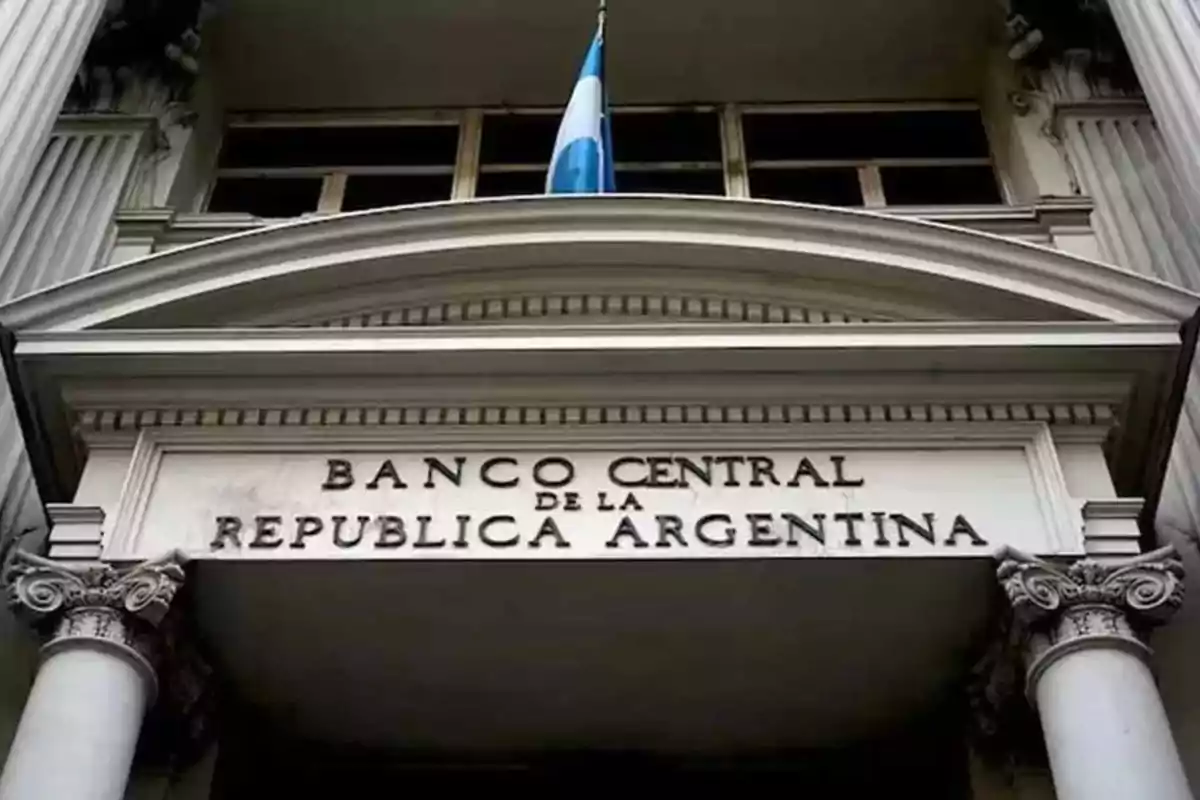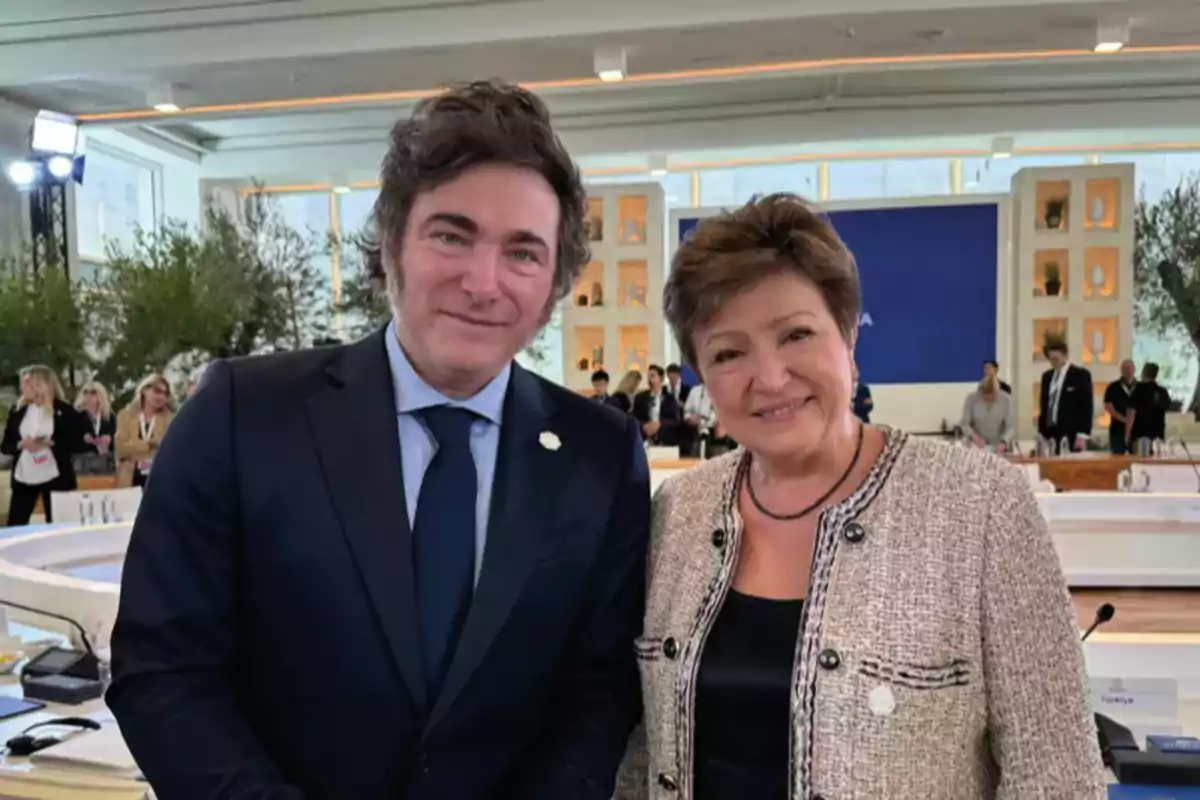
BCRA's reserves surpassed USD 43,000 million and are the highest since 2023.
The IMF approved the first review of the program with Argentina, authorizing a disbursement of USD 2 billion
Central Bank's international reserves (BCRA) reached USD 43.023 billion, the highest level since January 13, 2023, after a USD 2 billion disbursement from the International Monetary Fund (IMF).
The increase was USD 1.993 billion compared to the previous day, equivalent to a 4.9% rise in a single day. Since Javier Milei assumed the Presidency on December 10, international assets have grown by USD 21.815 billion, representing a 102.8% increase compared to the USD 21.208 billion recorded at the start of his administration.
The transfer of funds was authorized after the IMF approved the first review of the extended facilities agreement signed with the country.

Although the Government did not meet the reserve accumulation target for June, the multilateral organizationaccepted the corrective plan presented by the Ministry of Economy. In this regard, the Fund reduced the requirements for the end of 2025: instead of requiring a positive balance of USD 2.4 billion, it will allow a deficit of up to USD 2.6 billion. Furthermore, it decided to space out program reviews, which will now be held semiannually.
"In addition to valuing the current economic policy, the IMF requested continued fiscal adjustment, progress on structural reforms, and strengthening of the monetary framework to reduce volatility and ensure stability", explained Ignacio Morales, Chief Investment Officer at Wise Capital. Meanwhile, a report from Max Capital highlighted that "the most significant change is the reduction of USD 5 billion in the net reserve accumulation target for 2025, although the long-term objective remains unchanged".
Recent Treasury actions to reinforce reserves were also highlighted, such as early market access through the issuance of Bonte 30 and block purchases of dollars, mostly from corporate debt issuances.
Meanwhile, the 14% increase in the wholesale dollar rate during July impacted financial markets and caused concern about a possible pass-through to prices. Nevertheless, this new exchange rate value improved external competitiveness levels.

According to Central Bank data, the Multilateral Real Exchange Rate Index stood at 98 points, the highest since April 2024 and very close to the theoretical equilibrium threshold of 100 points established based on December 2015. The organization indicated that this level is key to correcting imbalances in the trade of goods and services.
In this context, the BCRA reported that the foreign exchange current account deficit reached USD 2.647 billion in the first half of the year. With a more competitive exchange rate, the organization is confident that this external imbalance will be reduced, considered essential for stabilizing the macroeconomy and ensuring foreign currency inflows.
Additionally, the Ministry of Economy arranged a new debt swap with the Central Bank for up to $5.4 trillion in nominal value, aiming to ease short-term maturity pressure and improve the Treasury's financial profile in the second half of the year.
The operation was formalized through Joint Resolution 548/2025 of the Finance and Treasury Secretariats, published this Monday in the Official Gazette.
More posts: